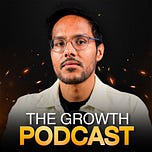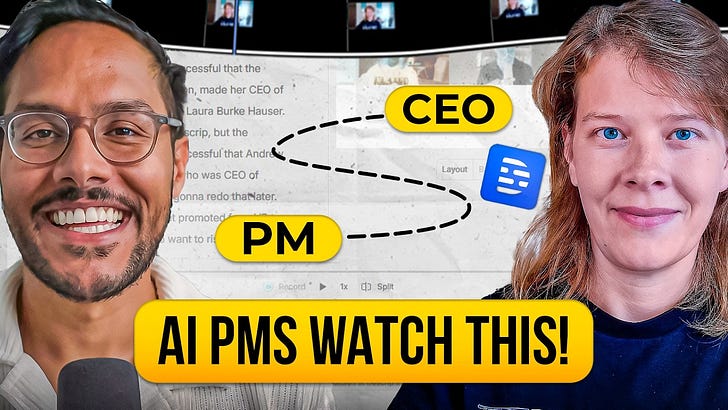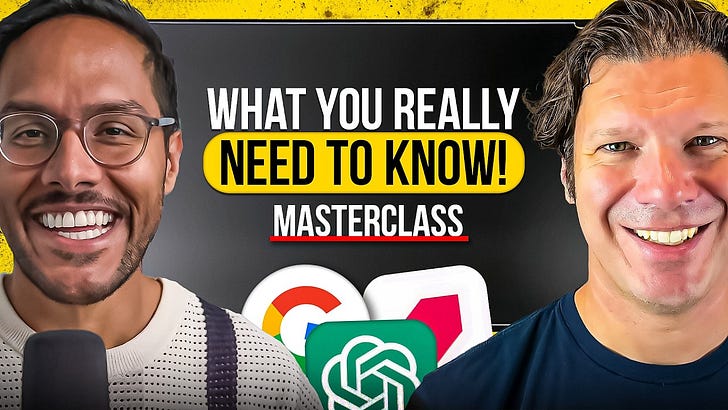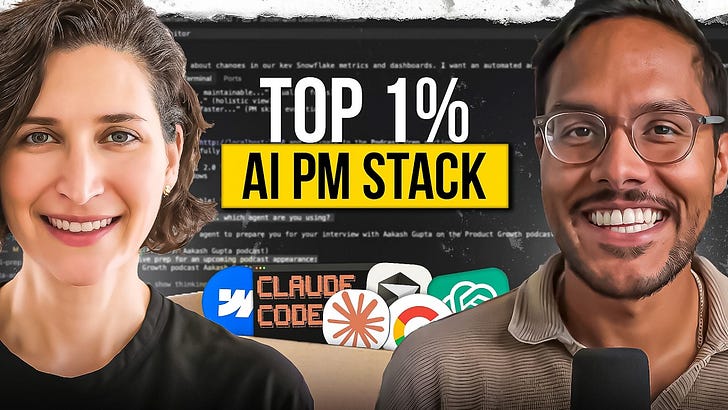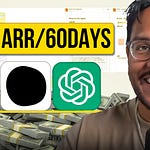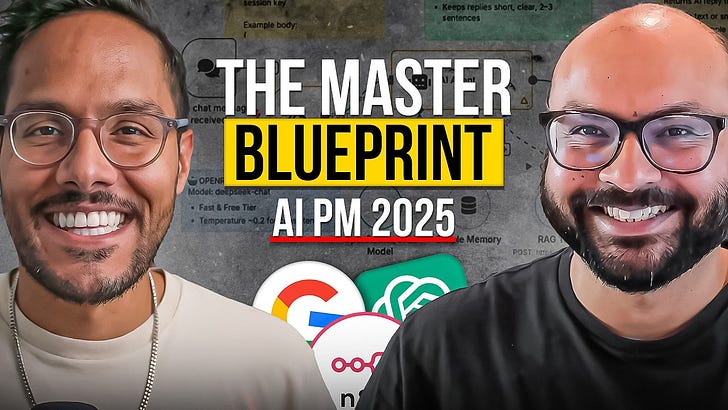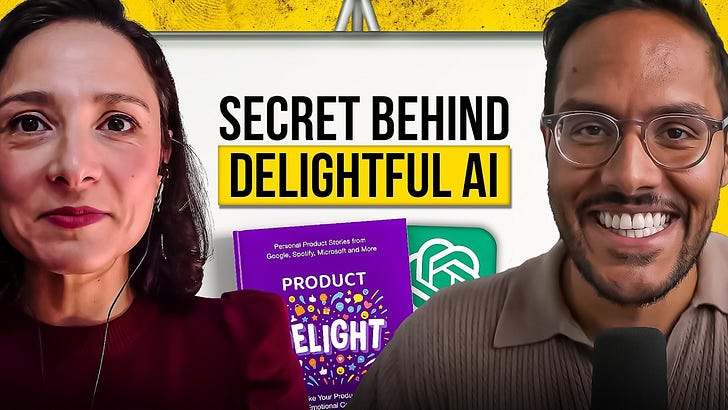Listen now on Apple, Spotify, and YouTube.
Brought to you by:
Enterpret: Transform customer feedback into product growth with custom AI
WorkOS: Your App, Enterprise Ready
Dovetail: The Fastest Way to Understand Your Customer
“Most B2B products are over-engineered, and it’s stunting their growth.”
“Retention isn’t a lever — it’s the result of better activation and deeper engagement.”
Those are just two of the insights from Ben Williams, the Product-Led Geek.
In this episode, Ben breaks down why how Product-Led Growth (PLG) principles are transforming B2B and how to improve user retention.
This episode will transform how you think about product growth.
We cover:
Why most B2B products are over-engineered — 00:00:21
Product-Led Sales 101 — 00:25:46
What engagement states really are — 00:52:16
Why you shouldn’t focus directly on retention — 01:01:27
How to land a VP of product growth job — 01:24:06
Here are the Key Takeaways
Here are 5 takeaways:
1. Over-Engineering Hurts Growth
B2B products start off lean but inevitably become over-engineered as teams continually add features without evaluating their long-term value.
This overgrowth bloats the user experience, creates confusion for customers, and diverts engineering resources to maintain outdated features.
Product teams are incentivized to ship new features rather than focus on revamping information architecture or retiring unused features, which is where real value lies.
How you can combat this?
Teams must shift their mindset: treat “shipped” as the starting point, not the finish line.
Proactively monitor success and be bold enough to cut unused or redundant features.
2. Product-Led Growth (PLG) Is Inevitable
PLG is no longer optional; every company must adopt product-led principles to thrive.
And it’s not just about self-serve motions or freemium trials. It works across acquisition, retention, and monetization to drive sustainable growth.
Product-Led Acquisition (PLA) attracts users by solving meaningful problems through the product itself.
However, PLA only works if there’s a clear bridge connecting these tools to the core product’s value.
Once users engage, Product-Led Sales (PLS) steps in, using product usage data to identify high-value accounts and drive expansion through value-driven conversations.
Unlike traditional sales, zero-commission models align incentives around customer success, not quick wins.
Together, PLA and PLS turn product engagement into a powerful growth engine — showing that PLG is not a trend but a necessity for modern businesses.
3. Engagement States to Drive Retention
Ben emphasizes that focusing on retention directly is ineffective because it is a lagging indicator.
Instead, teams should prioritize leading indicators like activation and engagement, which have a direct, measurable impact on retention.
To understand and influence engagement, user behavior must be seen on a spectrum, not as a binary state. Users move through key engagement states:
Dormant (inactive users),
Lightly engaged (occasional interaction), and
Deeply engaged (consistent, active usage).
At Snyk, accounts in the lowest engagement state had only a 5-7% chance of being retained after 12 months, while accounts moved into higher engagement states showed an 80% likelihood of retention.
This insight highlights the critical role of identifying the actions that push users toward deeper engagement and recognizing early signals of churn.
4. Align Growth Models and Product States
Growth models can start as a basic funnel mapping the user journey from awareness to monetization and retention.
However, over time, teams should evolve toward loop-based growth models that reveal compounding opportunities.
For this we have product state models which break down the user’s journey inside the product into clear stages like new, activated, engaged, and dormantusers.
By plugging product state models into a growth model, teams gain clarity on where friction exists and what actions drive users through critical transitions, such as activation or engagement.
At Snyk, growth models revealed that acquisition was no longer the main constraint, leading to a shift in focus toward activation and engagement.
Coupled with product state insights, this approach enabled teams to identify user drop-offs, improve journeys, and drive sustainable growth with precision.
5. Align Product and Marketing
Product and marketing teams must work in lockstep to deliver real, measurable growth.
The key to effective collaboration lies in aligning both teams around a shared understanding of the user journey, core value proposition, and product strategy.
Product teams bring insights into user behavior, product capabilities, and growth levers, while marketing translates these insights into messaging that resonates with the right audience.
To bridge the gap, both teams need to:
Collaborate on defining the ideal customer profile (ICP) and ensuring the product messaging matches real user needs.
Align on critical user milestones, like activation and engagement, and create campaigns that highlight these "aha moments" effectively.
Share ownership of key metrics — ensuring that both teams track progress toward acquisition, activation, and retention goals.
For more details, listen to the full episode now!
Referenced
Frameworks/Strategies
Feel > See > Hear — Ben’s PLG concept: prioritize letting users feel the product’s value firsthand (through hands-on use) before relying on demos (see) or sales pitches (hear).
Engagement States — A framework to measure user engagement on a spectrum: Dormant, Lightly Engaged, and Deeply Engaged.
Product State Models — Visual models that map user stages (New → Activated → Engaged → Dormant) to identify friction points and optimize user journeys.
Loop-Based Growth Models — Inspired by Reforge, these models focus on compounding growth through interconnected feedback loops.
Newsletters:
Where to find Ben
If you prefer to only get newsletter emails, unsubscribe from podcast emails here.
Up Next
We have some great podcasts coming from Maria Chec, Mona Gandhi, and Gautham Krishnan. I’m so excited to share them with all of you.
In the newsletter, check out this week’s latest piece if you haven’t yet: Proactive Product Quality - How to Prevent Issues Before Users Even Notice.
And look out for these pieces up next:
The Google PM Interview Guide
The Product Leader’s Ultimate Guide to Process Changes
The Product Growth 2024 Course Pack
I think you’re going to love what’s coming up,
Aakash

